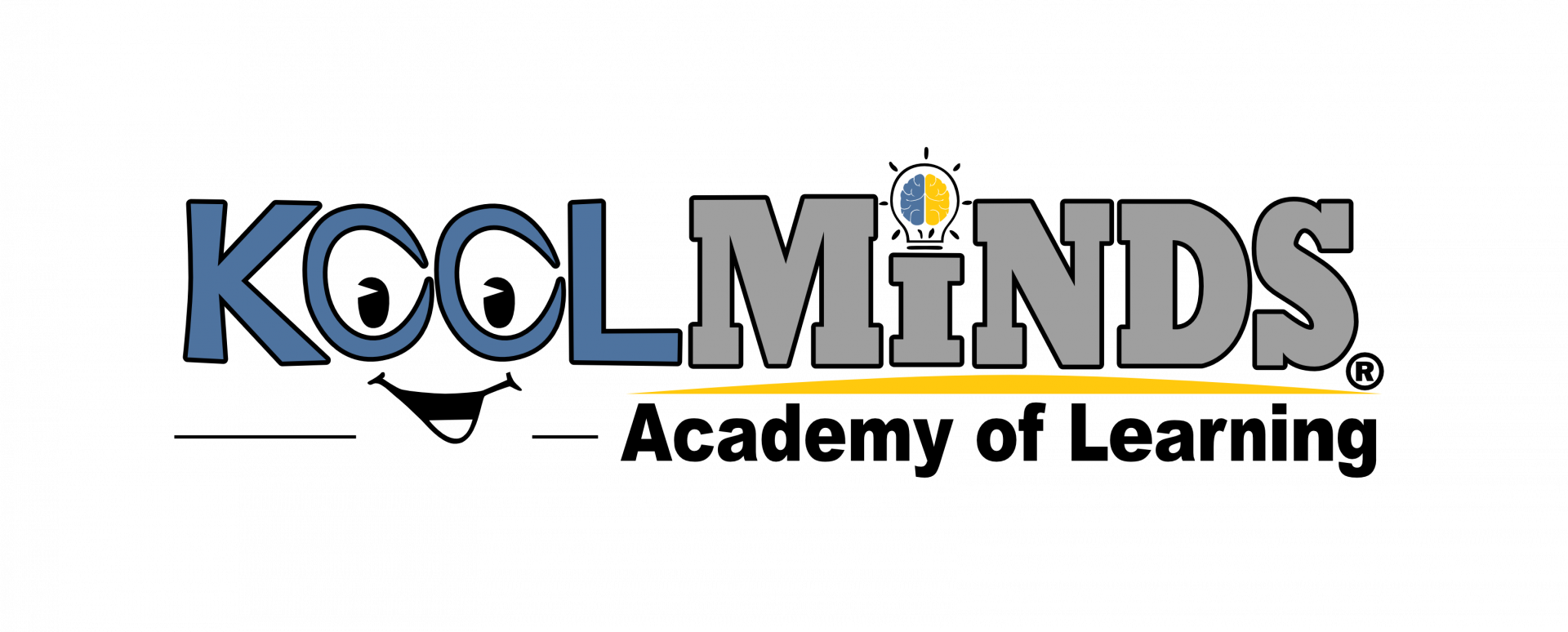What's so Important About Multisensory Teaching?
Multisensory teaching is a method of
instruction that engages more than one sense at a time. Incorporating visual,
auditory, tactile, kinesthetic, taste and smell in the instructional setting
assist students in learning and retaining information. Each of these
senses access information in a unique way, and the brain coordinates the input
from all the senses to learn about objects in the environment. The more senses
the activity uses, the more effective the learning will be.
Multisensory teaching is beneficial for all students, but essential for students with learning and attention issues. Multiple studies, including those from the National Institute of Child Health and Human development, show that a multisensory approach is the most effective teaching method for children who have difficulties in learning. When you utilize various senses, it helps enable optimal learning for every student.
Benefits of Multisensory Teaching
-
Retain more knowledge
-
Make connections between what they already know and the new information
-
Understand and solve problems
-
Use non-verbal skills of problem-solving
Examples of Multisensory Techniques
-
Posters
-
Use of color for highlighting
-
Graphic organizers
-
Outlining passages
-
Flash Cards
-
Idea mapping
-
Picture Mnemonics
-
Lesson Outlines
-
Use diagrams, graphs and maps
-
PowerPoints
-
Speaking/ Verbal Instructions
-
Books on tape
-
Music
-
Song
-
Instruments
-
Rhymes
-
Peer assisted reading
-
Computerized text readers
-
Video or film with accompanying audio
-
Listening Centers
-
Using manipulatives
-
Use of letter tiles
-
Sand trays
-
Finger paints
-
Raised line paper
-
Modeling materials such as clay
-
Textured objects
-
Puzzles
-
Using coins, dominoes, poker chips
-
Incorporate body movement
-
Jump-rope
-
Tossing a bean bag
-
Clapping
-
Dancing
-
Air writing
-
Stand/walk while studying
-
Use role-play
-
Conduct experiments
-
Use gestures to memorize
Read these articles to learn more about multisensory teaching:
Video: Multisensory Instruction | A Dyslexia Awareness Video
Video: Dr. Susan Nolan demonstrates multisensory instruction
- Rita Dunn
Sources:
[i] Lexicon Reading Center. (2018, June 8). Multisensory Teaching. Learning Center for Children Who Learn Differently, Their Teachers and Parents in Dubai, Middle East. Retrieved July 18, 2022, from https://www.lexiconreadingcenter.org/multisensory-teaching/#:%7E:text=Multi-sensory%20techniques%20are%20frequently%20used%20for%20children%20with,teaching%20method%20is%20the%20most%20effective%20teaching%20method.
[ii] Multisensory Teaching Methods and Activities in the Inclusive Classroom. (2008, August 9). BrightHub Education. Retrieved July 18, 2022, from https://www.brighthubeducation.com/special-ed-inclusion-strategies/4198-multisensory-teaching-methods-and-activities/[iii] Multisensory learning in the classroom: A teacher’s guide. (n.d.). Structural Learning. Retrieved July 18, 2022, from https://www.structural-learning.com/post/multisensory-learning-in-the-classroom-a-teachers-guide
https://www.koolminds.com/blog/multisensory-teaching
Who We Are
Featured Links
#1 This is a title
#2 This is a title
#3 This is a title
Thank you
for your interest!

